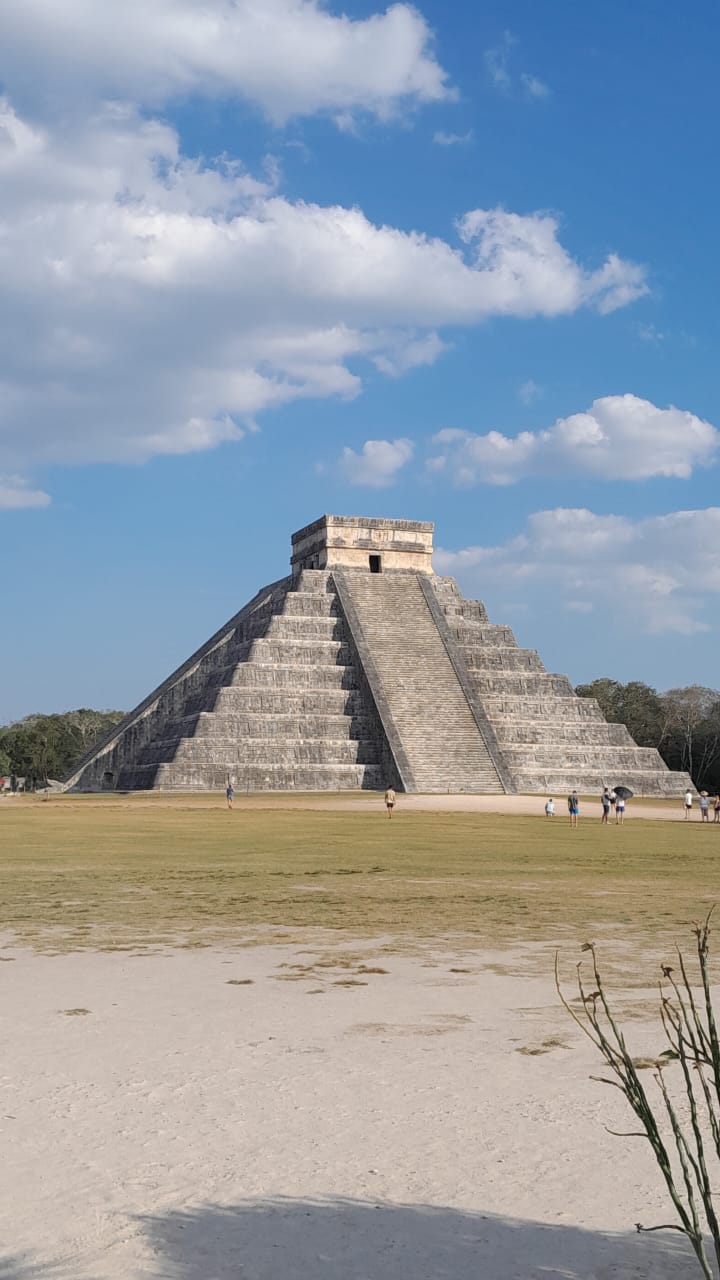Avenida del Fuego, Cerrada Cielo
77714
Playa del Carmen - Quintana Roo
México

An Equinox is when the day has the same duration as the night, a phenomenon that occurs two days a year, on March 21st and September 21st, many ancient civilizations including other Mayan cities like Dzibilchaltun have events related to these dates, but in my opinion, none of them as original and amazing as this one.
The effect lasts a few minutes and is made when the sun casts the shadow onto the stairway created by the 9 platforms resembling the body of the serpent that moves as the sun travels across the sky.
The Chichen Itza Equinox effect begins with no shadow and as time passes by, the triangles created by the platforms start to move along the staircase until it’s completely covered up by shadow. After this effect, the serpent’s head is the only part of the staircase with sunlight, only to be also covered up as the sun continues his path.
On the days of the Chichen Itza Equinox and also two or three days before and two or three days after, at approximately 4:30 in the afternoon when the sun begins to descend, it casts its rays over the Castle of Kukulcán. This makes the 9 platforms create a shadow in the form of triangles on the steps of the staircase.
You can start to see the effect at 3:45 pm but it’s a slow journey for Kukulkan. At approximately 4:30 pm is when you can see the body of the serpent perfectly formed by the triangles. After that, you can see how the shadow covers the staircase and the head of the serpent.
The phenomenon of the descent of the feathered serpent at Chichen Itza can be seen on both equinoxes. My advice is that you don’t go on the 21st because the amount of people is tremendous and can be very uncomfortable. If you still want to go on this day, there is enough space for everyone, but of course, very crowded.
You can also enjoy the phenomenon a couple of days before and a couple of days later, when you can still see the same effect and without huge crowds of tourists.
Comments